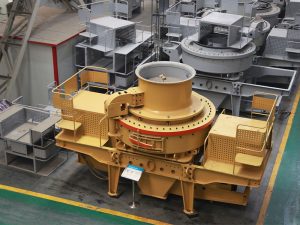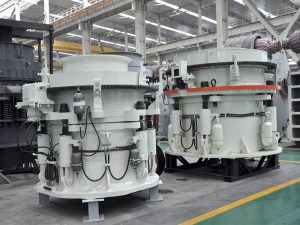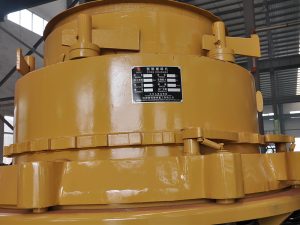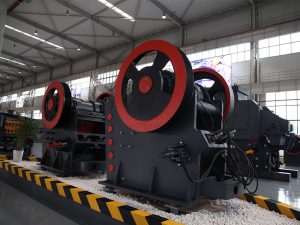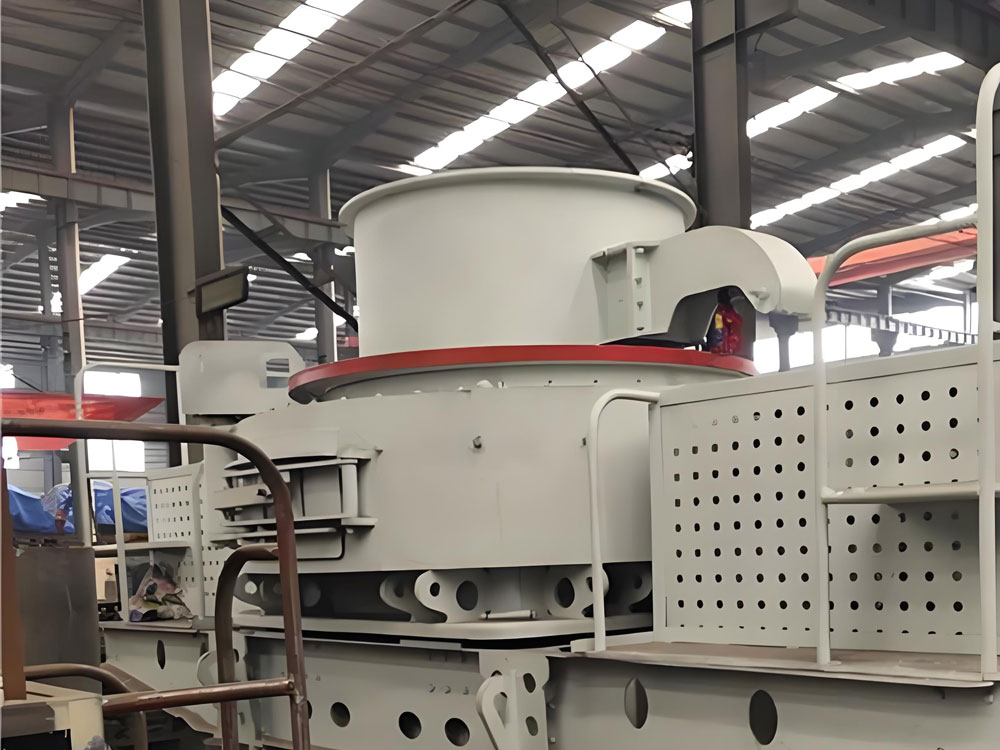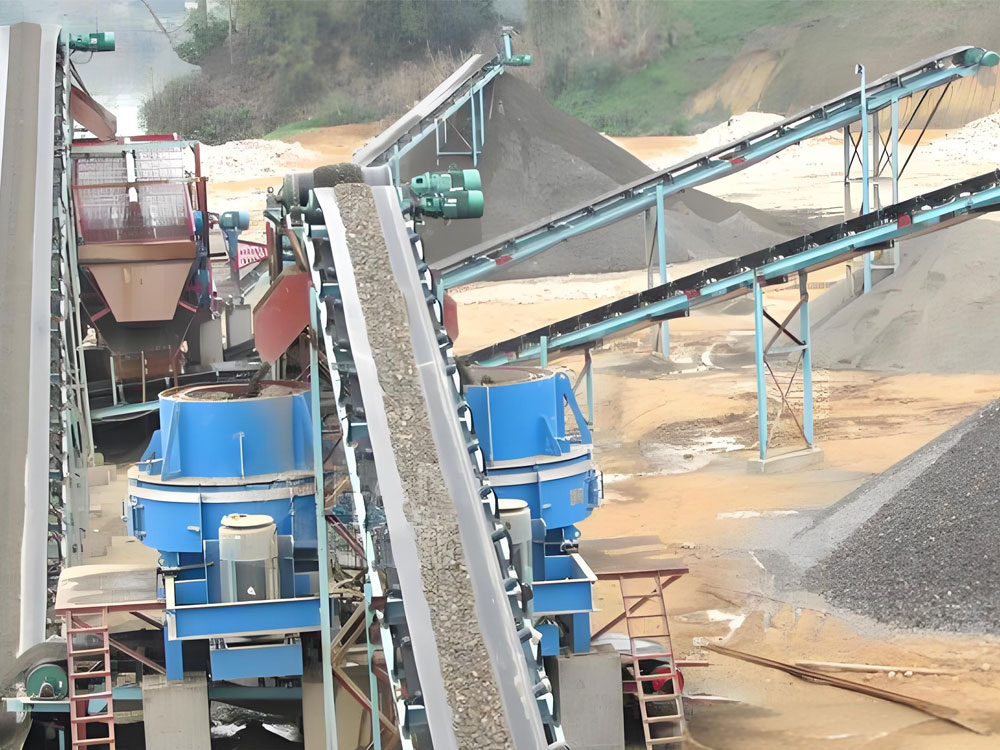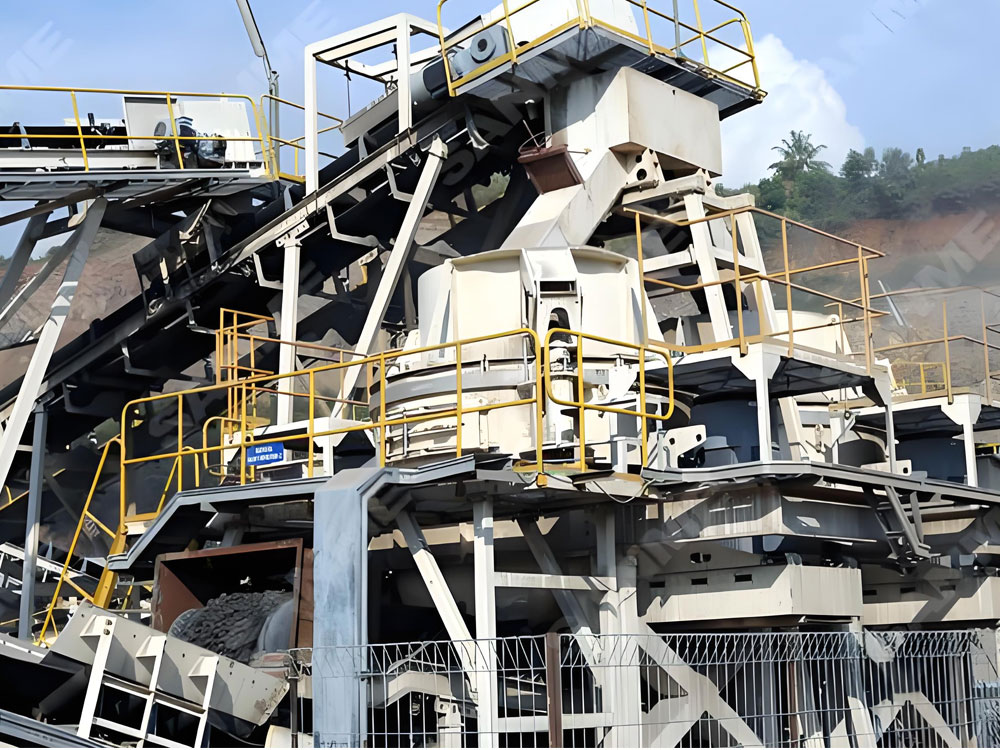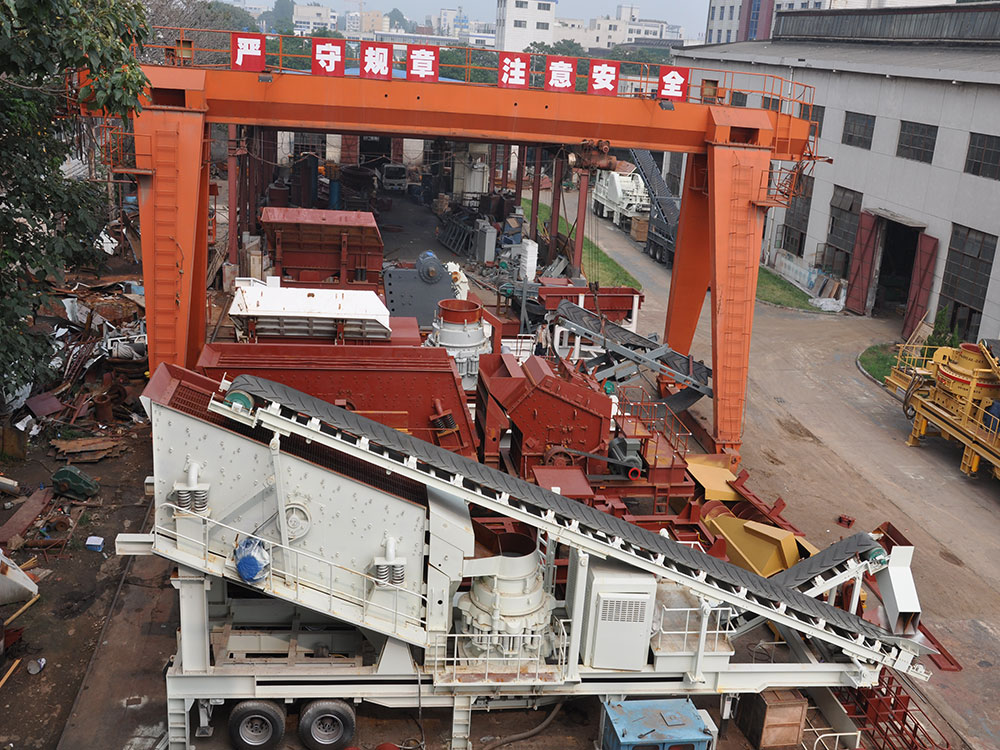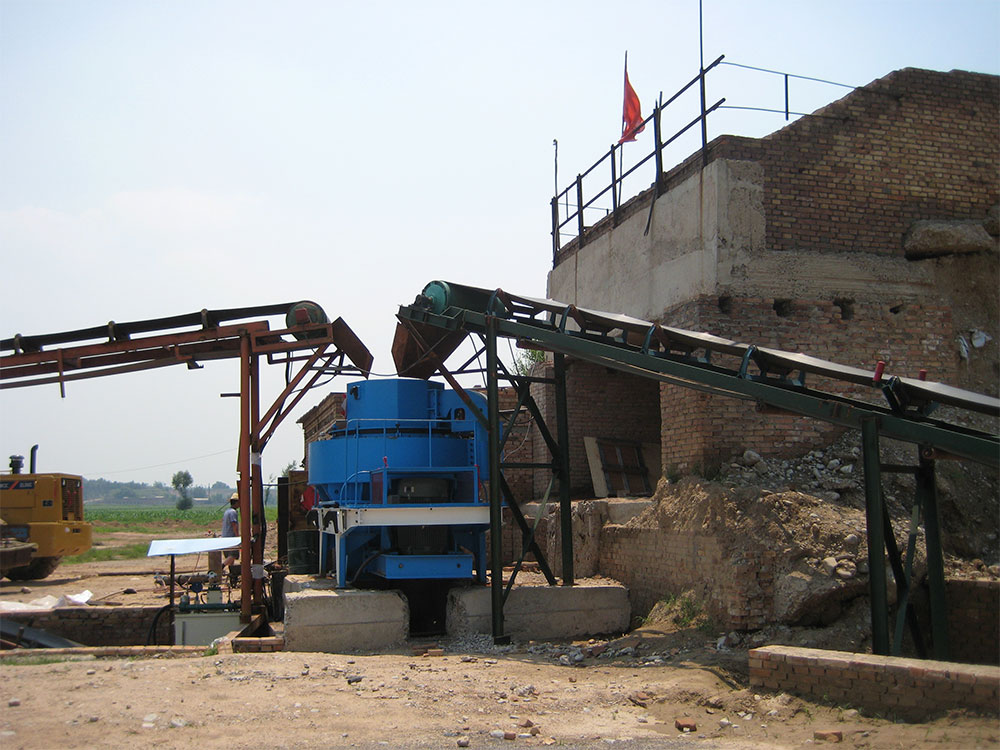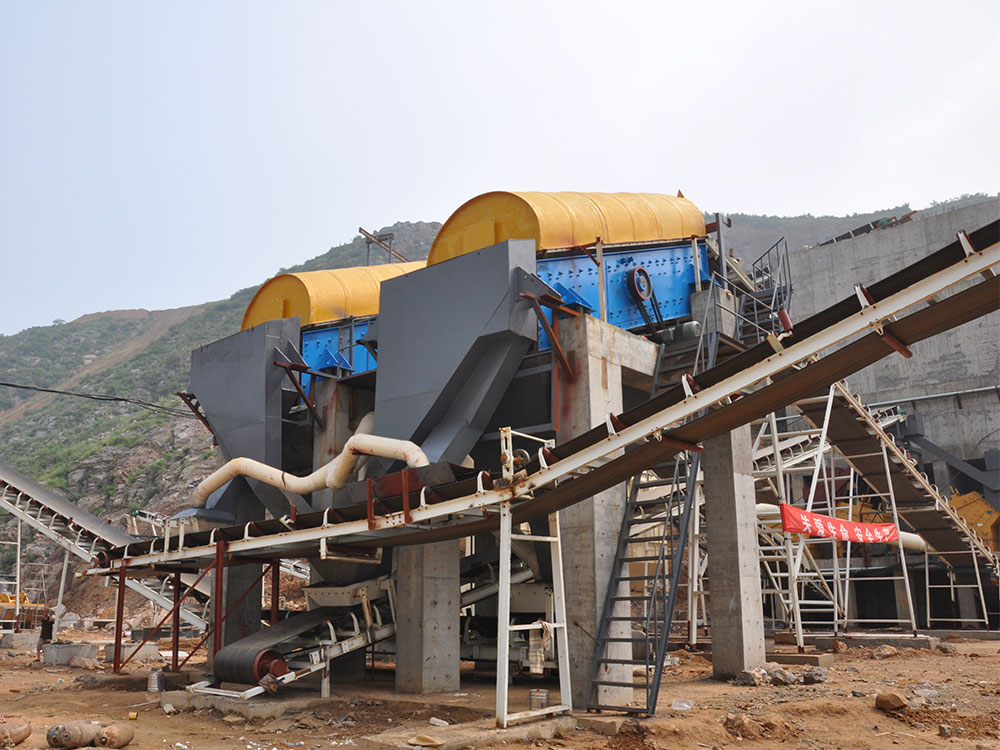In the field of building materials, machine-made sand and medium-coarse sand each play an indispensable role. Although they belong to the same category of sand, they have significant differences in nature, application areas and production equipment. Below, we will make a detailed comparison of these two types of sand materials and explore their production equipment in depth.
I. Essential distinction
Mechanical sand, as the name suggests, is sand material processed by mechanical means. It is mainly made of rocks (such as granite, limestone, etc.) or industrial waste slag through crushing, screening and other processes, and the particle size is less than 4.75 mm. This preparation process is rigorous and complex, including multiple links such as soil removal, crushing, and screening of raw materials. Each link must be strictly controlled to ensure the quality of the final product.
In contrast, medium-coarse sand is a subdivision of natural sand. Its particle size ranges from 0.35 to 0.5 mm (medium sand) and greater than 0.5 mm (coarse sand). These sand particles mainly come from natural sedimentary environments such as riverbeds and lakebeds, and are formed after long-term natural weathering and water erosion.
II. Comparison of application fields
Machine-made sand is widely used in the field of building materials due to its adjustable particle size and stable performance. By adjusting the parameters of the production equipment, sand materials of different particle sizes, such as coarse, medium and fine, can be easily produced to meet the needs of different projects. For example, in the fields of concrete aggregate and roadbed filling, machine-made sand plays an important role.
Medium-coarse sand, on the other hand, has an advantage in high-precision projects due to its regular particle shape and low mud content. For example, projects such as pipeline backfill and high-strength concrete all require the use of medium-coarse sand to ensure the stability and durability of the project.
III. Comprehensive analysis of production equipment
Crushing link
In the production process of machine-made sand, the crushing link is crucial. Jaw crusher has become the preferred equipment in the raw material pretreatment stage with its powerful crushing capacity and wide applicability. It can easily cope with raw materials with a maximum particle size of no more than 750 mm, and produce crushed materials with a particle size between 95 and 165 mm, with an hourly output of up to 220 to 380 tons.
For the crushing of high-hardness rocks, cone crusher is more suitable. Its crushing chamber is reasonably designed, which can ensure the crushing efficiency and crushing ratio while reducing energy consumption and wear costs. The impact crusher performs well in crushing medium and low hardness materials. Its finished product has beautiful cubic shape and low energy consumption, which is very suitable for producing high-quality machine-made sand.
Introduction to auxiliary equipment
In addition to crushing equipment, the machine-made sand production line also requires a series of auxiliary equipment to ensure the smooth progress of the production process. The circular vibrating screen has become a powerful assistant for the machine-made sand production line with its efficient screening ability and stable performance. It can accurately grade the machine-made sand from 0 to 5 mm to ensure the uniform particle size distribution of the finished product.
The bucket sand washer is responsible for removing impurities and mud from the machine-made sand to ensure that the mud content of the finished product is controlled within a reasonable range (≤3%). This step is crucial to improving the quality and stability of machine-made sand.
In addition, with the increasingly stringent environmental protection requirements, the machine-made sand production line also needs to be equipped with corresponding environmental protection equipment. Such as pulse dust collectors, etc., to ensure that the dust emission concentration in the production process meets the standard (≤50 mg/m3) and reduce pollution to the environment.
Fourth, production line configuration strategy
When configuring the machine-made sand production line, it is necessary to comprehensively consider factors such as the characteristics of the raw materials, production requirements, and investment budget. For high-hardness rocks, the combination of jaw crusher + cone crusher + impact sand making machine is undoubtedly a wise choice. This solution can ensure the crushing efficiency and crushing ratio while producing high-quality machine-made sand.
For medium and low hardness materials, a more economical jaw crusher + impact crusher combination solution can be selected. This solution can directly produce gravel, and the investment cost is relatively low. Of course, the specific configuration needs to be adjusted and optimized according to production needs.
Five, investment and return analysis
Considering the investment cost and income from an economic perspective, the investment return rate of different configuration solutions also varies. For example, the combination of jaw crusher + impact crusher (about 1.5 million yuan investment) is suitable for soft rock stone making projects. The investment cost of this solution is relatively low, and it can quickly recover costs and achieve profitability.
If you pursue a higher return on investment and added value output, you can choose a combination of jaw crusher + cone crusher + sand making machine (about 2.5 million yuan investment). This solution uses hard rock as raw material to produce high-quality machine-made sand. Although the investment cost is high, the market demand is strong and the selling price is high, so it has a high return on investment.
Sixth, quality control measures
In order to ensure that the particle shape and particle size of machine-made sand meet customer needs and industry standards, a series of quality control measures need to be taken. Among them, the priority use of HVI or VSI series impact sand making machines is one of the keys. These equipment can ensure that the cubic content of the finished sand exceeds 90% and the particle size distribution is uniform.
At the same time, controlling the fineness modulus by adjusting the sieve aperture is also an important means to achieve particle size control. According to the needs of different projects, the sieve aperture can be adjusted to meet the demand range of sand of different particle sizes. For example, the fineness modulus of coarse sand fluctuates in the range of 3.1 to 3.7; medium sand is adjusted in the range of 2.3 to 3.0. This measure can ensure that the quality of machine-made sand is stable and meets customer needs.
In summary, there are significant differences between machine-made sand and medium and coarse sand in nature, application areas and production equipment. By deeply understanding the properties of these two types of sand and the characteristics of production equipment, we can better select and use them to provide high-quality building materials for engineering construction.


